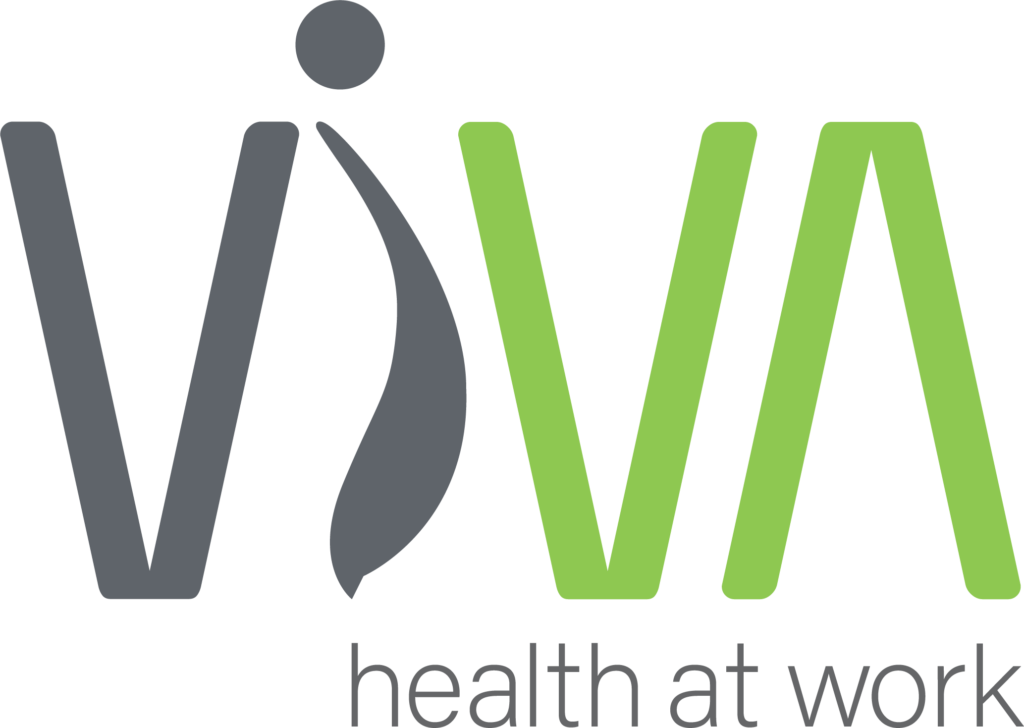Before
- Plant operators used long-handed standard brooms to sweep fine dust into loads shovelled into wheelbarrows and then to bins.
- Task performed mostly at end of shift: requiring 4 ½ hrs/shift or 90min each for 3 workers. Shifts frequently extended to 13 – 14hrs late evening.
- Repetition, duration, and fatigue were of concern, as well as neck discomfort.
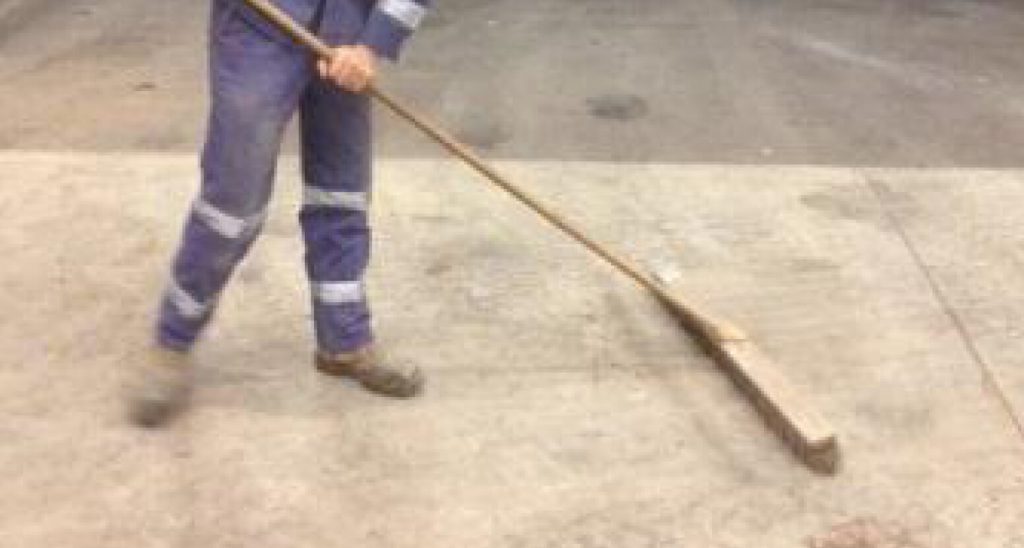
Health Issues and Initial Assessment:
- High risk for whole body cumulative strain
- Manual Task Risk Assessment per ErgoAnalyst
www.ergoanalyst.com
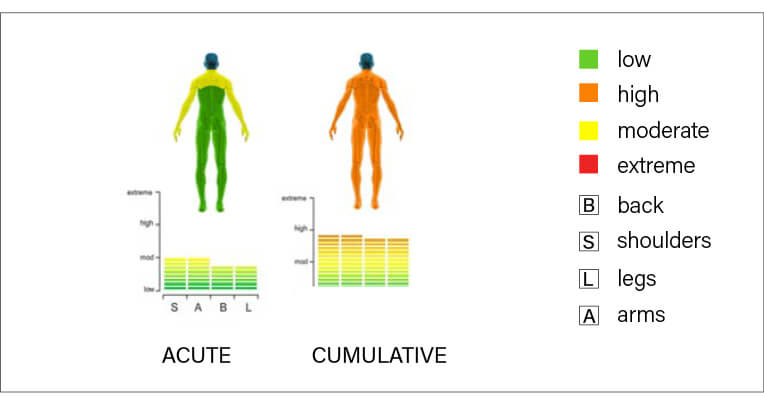
After
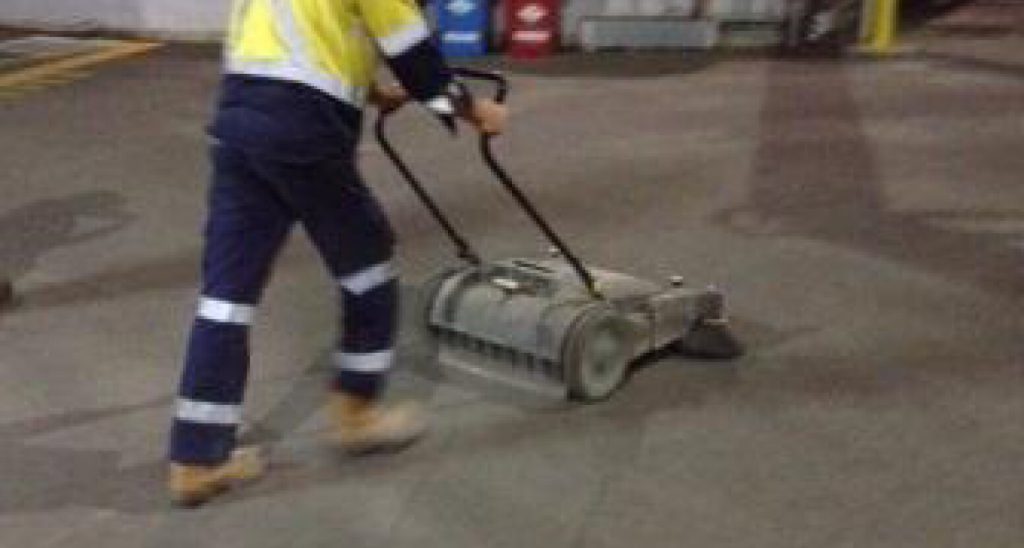
Control Strategies: Commercial Manual Push Broom with Hopper
- A commercially available manual push broom with circular brooms and hopper.
- Interventions = 3 site visits (initial, control development workshop, and equipment trial / re-evaluation.
- Activities: observation, conversation, measures, task analysis, data collection, photo imagery, video, design philosophy development, management and procurement consultation, reporting, risk determination, cost analysis.
Cost Benefit, Payback and Project Times
- 8 weeks from task ID to resolution
- Reduced work time to half, total of 2hr 15min, or 45min per worker among 3 team members; savings of up to 2.5 hrs per shift or annualised cost savings of $27K.
Analysis After Implementation:
The new and relatively inexpensive, commercially-available control drastically reduced the risk of musculoskeletal injury.
Manual Task Risk Assessment per ErgoAnalyst
www.ergoanalyst.com
www.ergoanalyst.com
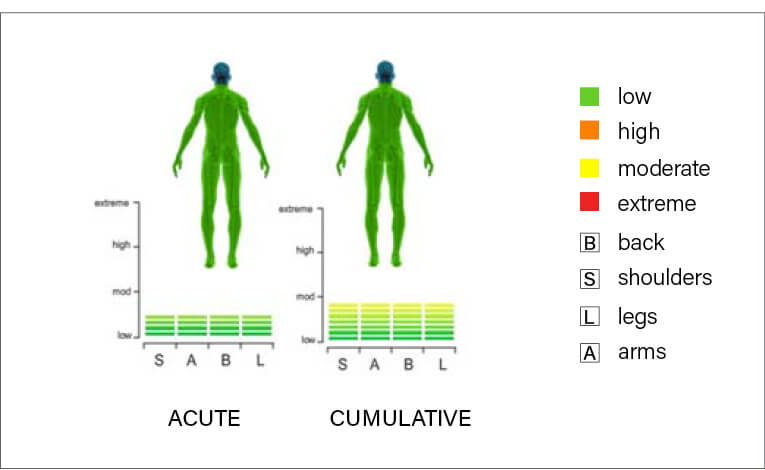
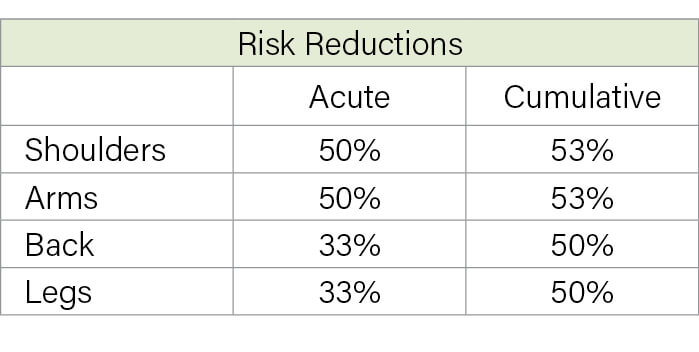
WE ACHIEVED: Risk reduction of Moderate Disability, Temporary Injury, Discomfort, and achieved Comfort/Efficiency, Conditioning, Social Connection, Profitability, Business Integration and Industry Liaison.
